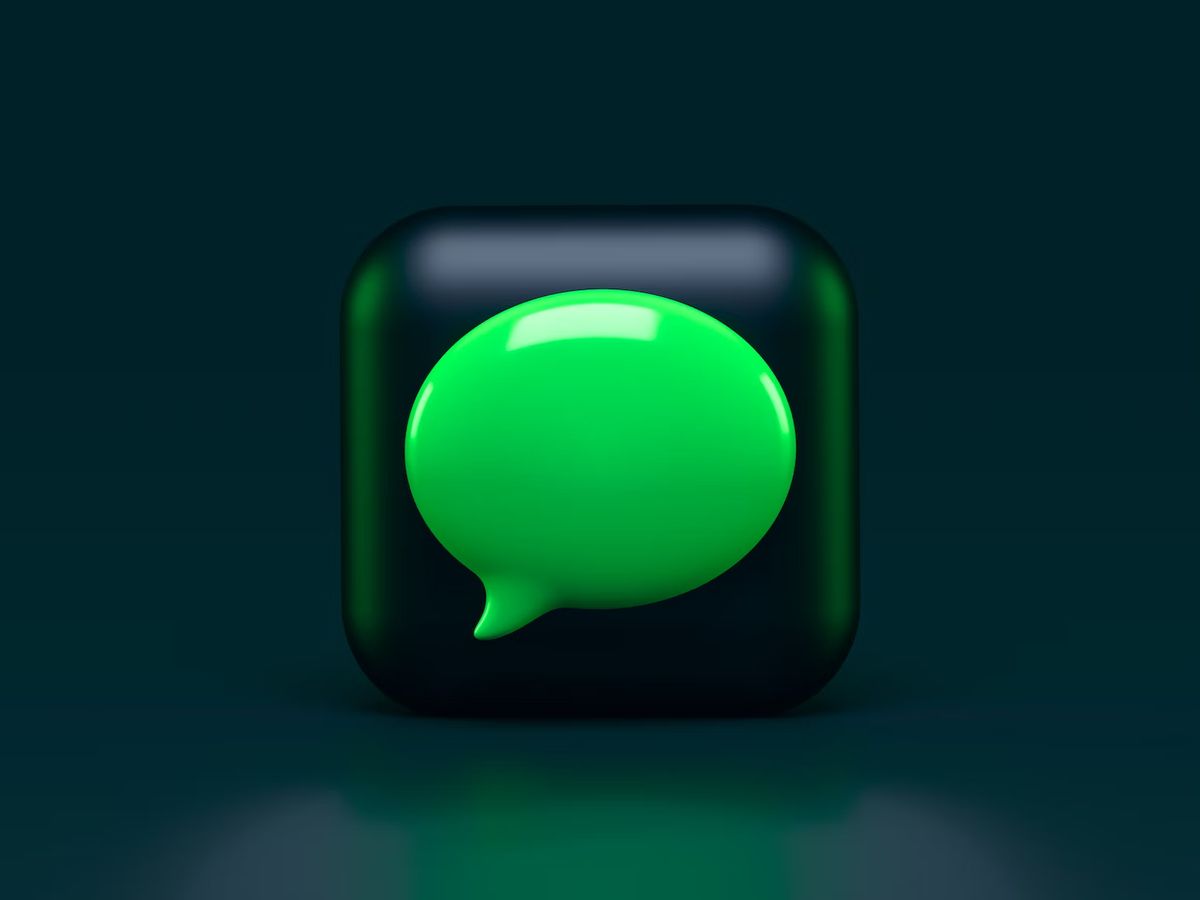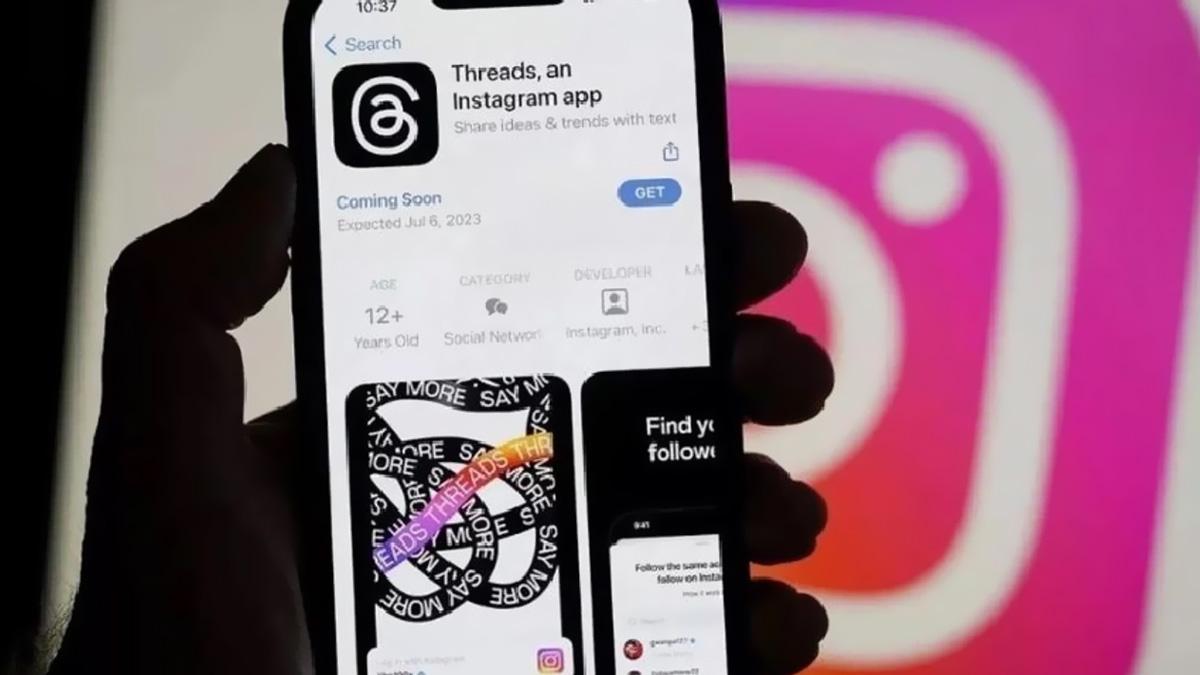50 years of cell phones: The story of our digital revolution

Cell phones have become an immutable gadget for people. There are billions of cell phones all over the world that people use to communicate with each other, either via calls, texts, or social media. The devices have turned into smartphones in today's world and have many features other than communication purposes, but how did this change happen? In this article, we will cover"the 50 years of cell phones," the history of becoming the most important device in today's world.
Even though most people are used to hearing the terms Android or Apple, the technology came a long way before reaching its current state. The first cell phone was invented more than 40 years ago. As you may assume, and maybe witnessed, a lot changed in the last 40 years regarding technological developments. Here is the history of cell phones and their journey to becoming "smartphones."
50 years of cell phones: How did it start?
The genesis of a wireless communication device was first conceptualized in the 1940s; however, it wasn't until the 1970s that the first mobile phone was created. Martin Cooper, a Motorola engineer, made the first public call with a mobile phone in 1973. The device, which weighed 2.5 pounds, had a battery life of merely 20 minutes and carried a price tag of $3,995.

Back in the day, mobile phones were bulky, but they paved the way for the modern-day cell phone. In the 80s, cell phones became more "portable" and less expensive; hence the user base started to grow. In 1983, the first commercial cell phone, named "Motorola DynaTAC 8000X," was introduced, weighing less than two pounds and costing $3,495. After seeing its success, more companies decided to get into the industry and rolled out their own models.
In 1989, Motorola launched its first flip phone, and it hit caught success in no time as everyone wanted to own a flip phone back in the day. It looked different and was definitely more portable. As time passed, brands produced different kinds of cell phones, like Nokia's phone with a "QWERTY" style keypad. In 1998, third-generation phones were introduced with color screens and custom ringtones.
Related: Motorola revives a classic (only with a rollable screen)
First iPhone changed the history of cell phones
Companies like Nokia and Motorola led the industry during those times, adding many features that might sound basic today, like waterproof phones with radio and Bluetooth. However, the first iPhone was launched in 2007, and it created a whole new era in the world of cell phones. Besides the 70s, 2007 might be one of the most important years in the 50 years of cell phone history as the first iPhone gave a new perspective to most.

A year after the first iPhone, the first Android phone, HTC Fream, was launched, and the competition began. Over the years, more competitors joined the race, and they brought many useful features. For example, Apple introduced its fingerprint sensor with iPhone 5S, and Samsung launched Galaxy S5, the first phone with a heart rate monitor. In 2017, Apple launched its first wireless charging iPhone with Face ID, and in 2019, we met the 5G network.
In the last couple of years, some companies concentrated on foldable phones to change the future of cell phones. Lastly, in 2022, Apple launched iPhone 14 with satellite connectivity. Apple and Samsung smartphones are some of the most used in the world. Their innovations and phones play a huge role in recent developments.
Advertisement




















As an electronics enthusiast in my childhood to teen years and going through my adult years as an electronics technician on to IT infrastructure, these devices hit about the time I retired.
I LOVE the tech!
But I am disgusted that one is forced to kneel a google or apple alter for everything the devices do. Yes, I know there are ways around that, open source SOC firmware, a current model flip phone, etc etc etc. and they all [censored].
Odd, no mention of how the “cells” even work.
I suppose I should not be suprised as the vast majority of people are oblivious as to how the cell network actually works and apparently this includes the author of this story.
First it was phones with tiny displays and large buttons, then it was large displays and barely any buttons, I wonder what will be next? I am not thrilled at all about phones that fold, they look so ugly and flimsy, and even if they were 120% perfect, I still won’t like them. I’m also against implants too so I honestly have no idea how this can evolve in a way that the majority of people will be on board with.
Thanks for article!